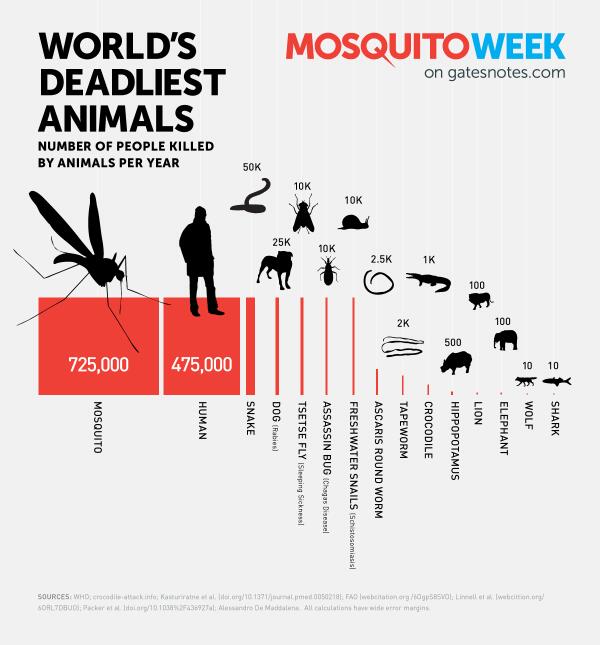
SOUTHERN UTAH — Agencies across Southern Utah and surrounding areas are getting an early start in the battle against an insect that remains the deadliest creature on the planet.
No other species is responsible for the loss of as many human lives each year as mosquitoes are. A remarkably accomplished vector for disease, mosquitoes have found a niche in every spot on the globe except Antarctica, and kill more than 700,000 people worldwide each year, according to the World Health Organization.

In Utah, early intervention is key to keeping mosquito numbers down, and the Southern Utah Mosquito Abatement and Control District in Washington County is on the case.
The agency has beefed up operations and added staff for what could be an unusually busy mosquito season, one of the byproducts of a peculiarly mild winter, Sean Amodt, manager of the Southwest Mosquito Abatement and Control District said.
This year, the agency’s team of 10 trained technicians is already out monitoring and treating the 400-600 mosquito sites spread across the county, checking for mosquito larvae in all the places standing water is known to occur, an environment where most species of mosquitoes lay their eggs.
Those areas are then treated right at the source of infestation.
Mosquitoes generally hibernate during the winter months, depending on the species, and re-emerge when the weather begins to get warmer, while other species hatch from previously laid eggs in the spring.

As the temperature begins to rise, the mosquito volume increases accordingly, reaching its peak during the hot summer months.
“Mosquitoes normally die off in winter, but that really didn’t happen this year,” Amodt said, “which means they are coming out earlier than normal.”
Another factor leading to the rise in mosquito numbers has to do with the fluctuation in temperature the region has experienced, which also leads to a higher mosquito population as well, he said.
“Mosquitoes hatch in warm temperatures and lay their eggs when it cools down, and can lay between 100 and 200 at a time.”
When the temperature fluctuates, it increases the pace of the breeding cycle, which boosts the population.

“If we don’t get a handle on it early, then their numbers could grow exponentially, which could make for a long summer,” he said.
The district also monitors the adult mosquito population, setting 40 traps across the county each week using carbon dioxide, which imitates human breath, along with a light source. Once the mosquitoes are collected, they are tested immediately for West Nile and Western Equine Encephalitis.
This information is then used to formulate a plan of attack, using either a bacteria that inhibits the larvae’s growth so they never reach maturity or a biological agent that treats the surface water making it impossible for them to breathe.
Arizona
The most common mosquito-borne disease in Arizona is West Nile virus, with more than 100 cases reported last year.
Surveillance and fogging operations are well underway to reduce the mosquito population throughout the region, according to Mohave County Department of Public Health officials.
For Mohave County weekly surveillance and fogging reports click here.
Southern Nevada
To address the threat that mosquitoes pose to those living in Southern Nevada, a “Mosquito Monday” event is being held Monday, May 14 from 10 a.m. to 2 p.m. at the Southern Nevada Health District, 280 S. Decatur Blvd. in Las Vegas, according to an April statement released by the agency.
During the event, various demonstrations will show how mosquito surveillance equipment works, and “mosquitofish,” a fish that eats large numbers of mosquito larvae relative to its body size, will be provided, along with safety tips and giveaways for the public.
Mosquitoes known to carry viruses that cause West Nile virus and St. Louis Encephalitis are present in Southern Nevada, with West Nile reported more often.
While most people who become ill experience mild or even no symptoms at all, some people will get the more serious form of the illness.
Further, mosquitoes can transmit West Nile virus and St. Louis Encephalitis, as well as a species known to spread the Zika, dengue fever and chikungunya virus, according to health officials.
For more information about the event click here.
Tips to keep mosquito levels low around your house
- Empty or cover anything outside that can hold water.
- Filter permanent ponds regularly or put fish in them. Fish eat mosquito larvae.
- Keep pools chlorinated or drained completely.
- Clean clogged rain gutters and storm drains regularly.
- Manage irrigation water effectively.
- Store old tires inside, or cover them.
- Report other mosquito breeding sites to the Mosquito District.
- Anyone with concerns about a mosquito bite should contact a health care professional.
For more information or to report mosquito problems call the Southwest Mosquito Abatement and Control District at 435-627-0076; by email at [email protected] or go to the Southwest Mosquito Abatement and Control District website.
Email: [email protected]
Twitter: @STGnews
Copyright St. George News, SaintGeorgeUtah.com LLC, 2018, all rights reserved.